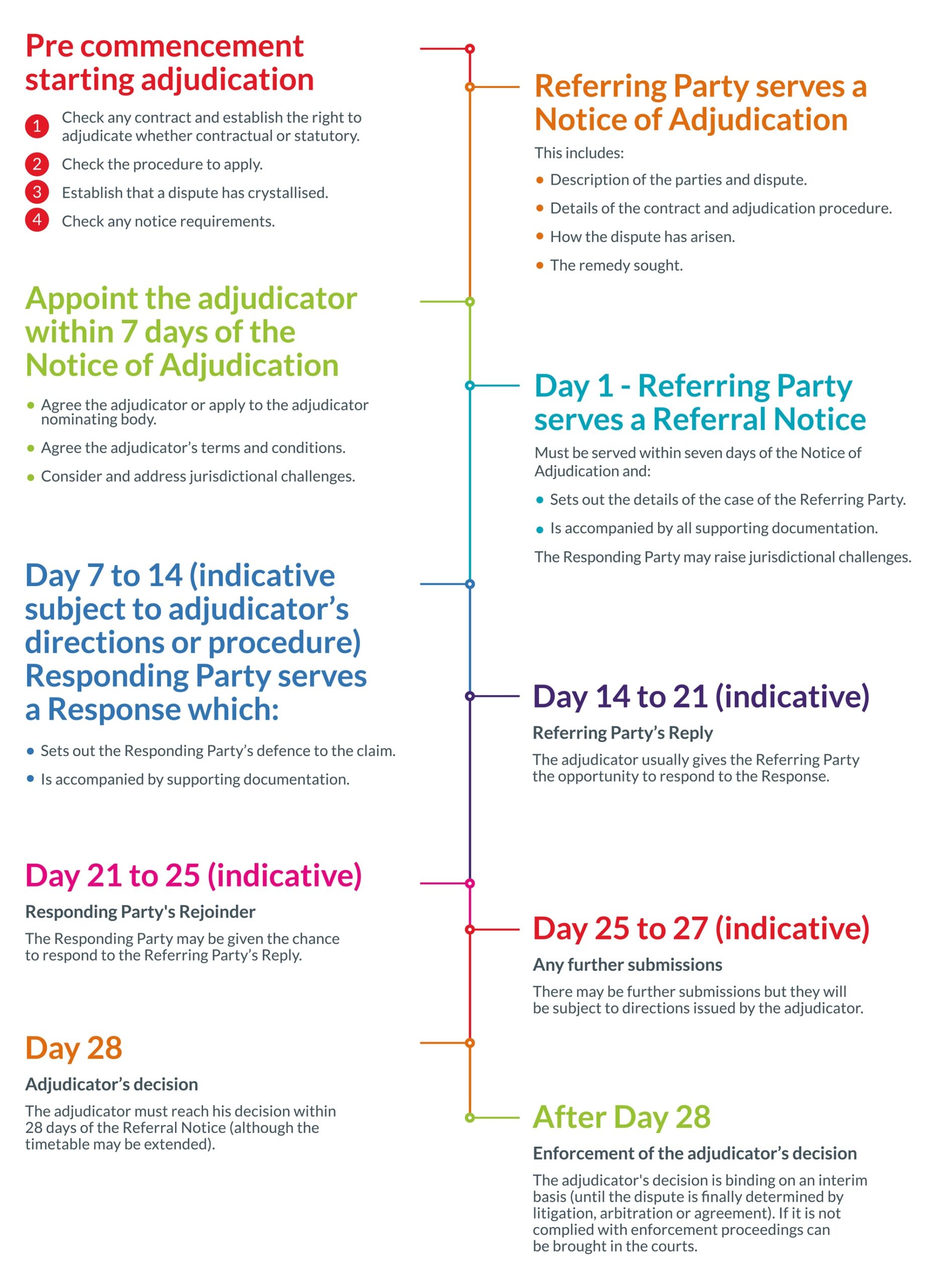Master the crucial steps of the pre-action protocol for construction and engineering disputes to protect your project and avoid costly litigation.
Understanding the Pre-Action Protocol: Your First Line of Defence
The Pre-Action Protocol for Construction and Engineering Disputes represents a mandatory procedural framework that forms an essential part of the civil justice system in England and Wales. Introduced to streamline the dispute resolution process, this protocol serves as a crucial preliminary step before parties can commence formal litigation. Recent statistics show that approximately 70% of construction disputes in the UK are resolved during the pre-action protocol stage, highlighting its effectiveness in preventing costly court proceedings. The protocol’s primary purpose is to encourage transparent communication between parties, facilitate early dispute resolution, and reduce the burden on courts. It applies to all construction and engineering disputes, including professional negligence claims against architects, surveyors, and project managers, except for specific exempt cases.
The Essential Steps of the Pre-Action Protocol
- Initial Assessment: Thoroughly evaluate the dispute’s merits and gather all relevant documentation
- Letter of Claim: Draft a comprehensive letter outlining the nature of the dispute, legal basis, and quantum of damages
- Response Timeline: Defendant must acknowledge within 14 days and provide a detailed response within 28 days
- Supporting Documents: Include all essential contracts, correspondence, and technical reports
- Quantum Information: Provide detailed breakdown of costs and losses claimed
Document Exchange and Evidence Management
Effective management of documentation and evidence is paramount in construction disputes. Studies indicate that 85% of successful dispute resolutions rely on comprehensive documentation. Essential documents include contract documents, variation orders, site instructions, correspondence, progress reports, and photographs. Parties must maintain an organised system for storing and retrieving these documents, preferably using digital document management systems. Expert reports play a crucial role, particularly in technical disputes, and should be commissioned early in the process to support your position. Electronic communications, including emails and instant messages, must be preserved and catalogued systematically.
Alternative Dispute Resolution (ADR) Opportunities
The protocol strongly emphasises the importance of exploring ADR options before proceeding to litigation. Recent data shows that mediation has a success rate of over 75% in construction disputes. Mediation offers a confidential, cost-effective approach to dispute resolution, typically costing just 10-20% of potential litigation expenses. Other ADR methods include adjudication, which is particularly suitable for payment disputes, and expert determination for technical matters. The protocol requires parties to seriously consider these options and provide valid reasons if they decline to participate in ADR.
Protocol Compliance and Best Practices
- Regular Review: Implement systematic review processes for compliance checking
- Documentation: Maintain detailed records of all protocol-related communications
- Timeline Management: Use digital calendars to track and meet all protocol deadlines
- Cost Recording: Keep accurate records of all costs incurred during the protocol process
- Legal Consultation: Seek early legal advice to ensure compliance and protect your interests
Special Considerations and Exemptions
While the protocol is mandatory for most construction disputes, certain cases are exempt. Residential occupiers involved in disputes are generally not required to follow the protocol, nor are cases requiring urgent interim relief. According to recent court statistics, approximately 15% of construction disputes fall under these exemptions. Cases involving the enforcement of adjudicator’s decisions also bypass the protocol to maintain the effectiveness of the adjudication process. Understanding these exemptions is crucial for determining the appropriate dispute resolution pathway and avoiding unnecessary protocol compliance costs.
Practical Implementation and Risk Management
- Internal Procedures: Develop clear guidelines for staff handling potential disputes
- Training Programme: Regular staff training on protocol requirements and updates
- Documentation Systems: Implement robust document management procedures
- Risk Assessment: Regular review of contracts and potential dispute triggers
- Legal Support: Establish relationships with construction law specialists
Moving Forward: Beyond the Pre-Action Protocol
When protocol efforts fail to resolve the dispute, preparing for litigation becomes necessary. Statistics show that only 30% of construction disputes proceed to court after completing the protocol. This preparation includes reviewing all documentation exchanged during the protocol stage, updating cost calculations, and ensuring expert evidence is court-ready. Long-term dispute prevention strategies should focus on clear contract documentation, regular project communication, and proactive issue resolution. Implementing robust contract management practices and maintaining detailed project records from the outset can significantly reduce the likelihood of future disputes.
FAQ
Can you ignore a pre-action protocol letter?
Pre-action protocols are part of the Civil Procedure Rules and apply to most disputes. They encourage early information exchange, settlement discussions, and ADR. Ignoring protocols can lead to cost sanctions or delays in court.
What is the best way to resolve construction disputes?
Arbitration: In this formal process, an arbitrator makes binding decisions. Arbitration is generally faster and less expensive than litigation while allowing parties more control over the process. Litigation: The most formal approach, this litigation involves resolving disputes through court intervention.
Sources
[1] https://witansolicitors.co.uk/pre-action-protocols/
[2] https://docflite.com/construction-pre-action-protocol-best-practices
[3] https://www.osborneclarke.com/insights/back-basics-pre-action-protocol-construction-and-engineering-disputes


Leave a Reply